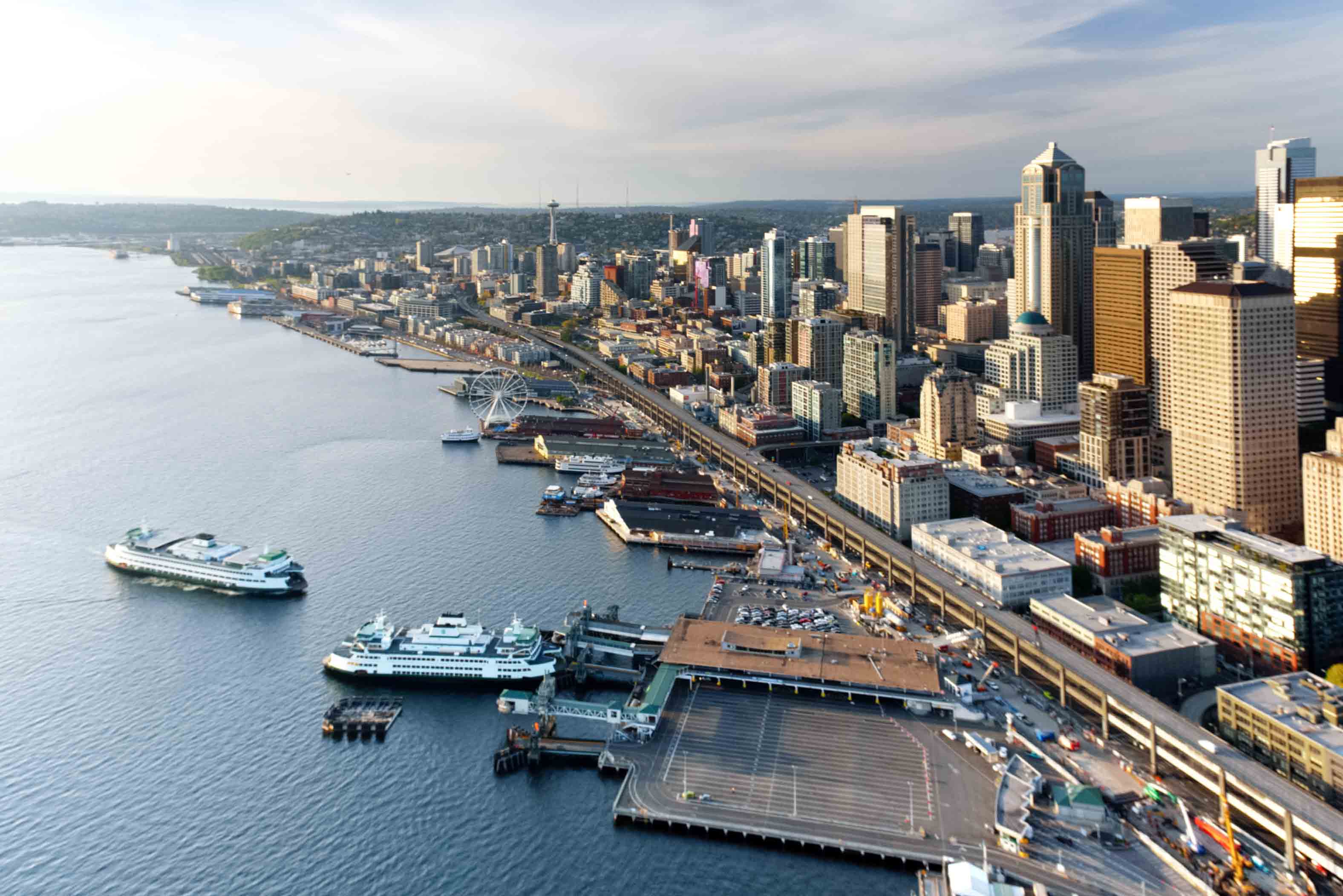 The May 25 power outage that affected a portion of the underground network in Downtown Seattle was caused by the failure to block backup circuit breakers during testing of newly installed equipment, Seattle City Light announced today.
The May 25 power outage that affected a portion of the underground network in Downtown Seattle was caused by the failure to block backup circuit breakers during testing of newly installed equipment, Seattle City Light announced today. The May 25 power outage that affected a portion of the underground network in Downtown Seattle was caused by the failure to block backup circuit breakers during testing of newly installed equipment, Seattle City Light announced today.
The incident started about 11:30 a.m. when crews were testing new relays installed at the Massachusetts Substation to make sure they worked with older, existing relays in the substation’s complex protective system. Relays detect electrical faults, then signal circuit breakers to open in order to protect equipment and customers from damaging power surges.
Such testing is done to check for any wiring errors and correct them before returning the system to service. When testing relays, some circuit breakers are blocked so the test signals won’t cause them to open and cut power.
“During the test, our crews blocked the primary circuit breakers at the substation, but overlooked the backup breakers,” General Manager and CEO Larry Weis said. “When they performed the test, the backup breakers received the test signal and opened, cutting power being delivered to the substation by two high-voltage transmission lines. The disruption also cut the power supply from the Massachusetts Substation to the Union Substation.”
Crews were able to reset all the breakers and restore power in about an hour. The breakers worked as they were designed to and no equipment was damaged.
City Light immediately started and extensive review of the incident to determine what caused the outage.
“We apologize for the inconvenience this caused residents, businesses and visitors Downtown,” Weis said. “And we are taking steps to reduce the risk of this happening again.”
City Light is already half way through an effort to install test switches for relays at all its substations. The utility will continue that strategic investment, which will reduce the complexity involved in setting up this type of testing. Additionally, the utility is reviewing its testing procedures and training. City Light will revise them as necessary to reduce the risk of a similar incident.
Seattle City Light is the 10th largest public electric utility in the United States. It has some of the lowest cost customer rates of any urban utility, providing reliable, renewable and environmentally responsible power to about 750,000 Seattle area residents. City Light has been greenhouse gas neutral since 2005, the first electric utility in the nation to achieve that distinction.